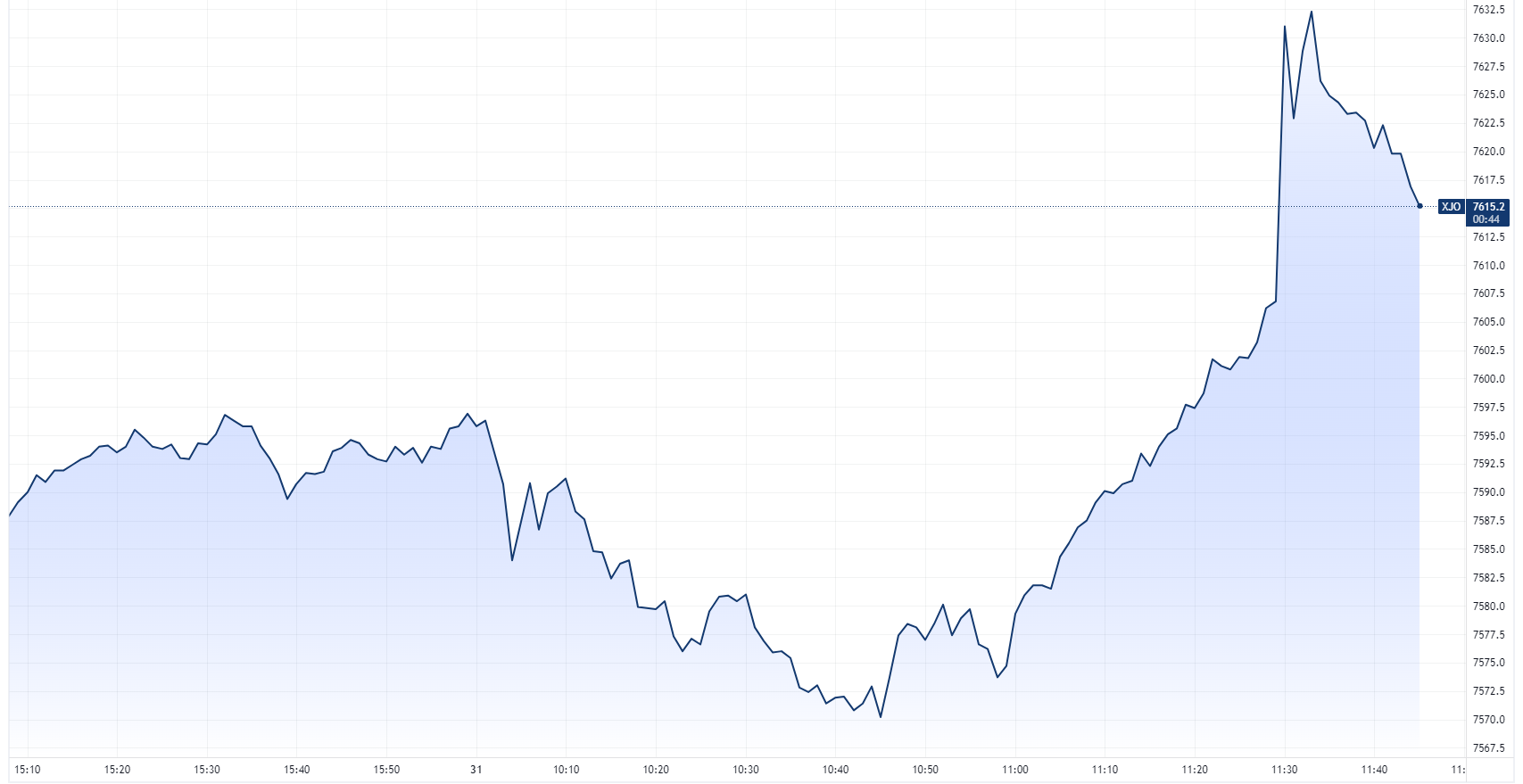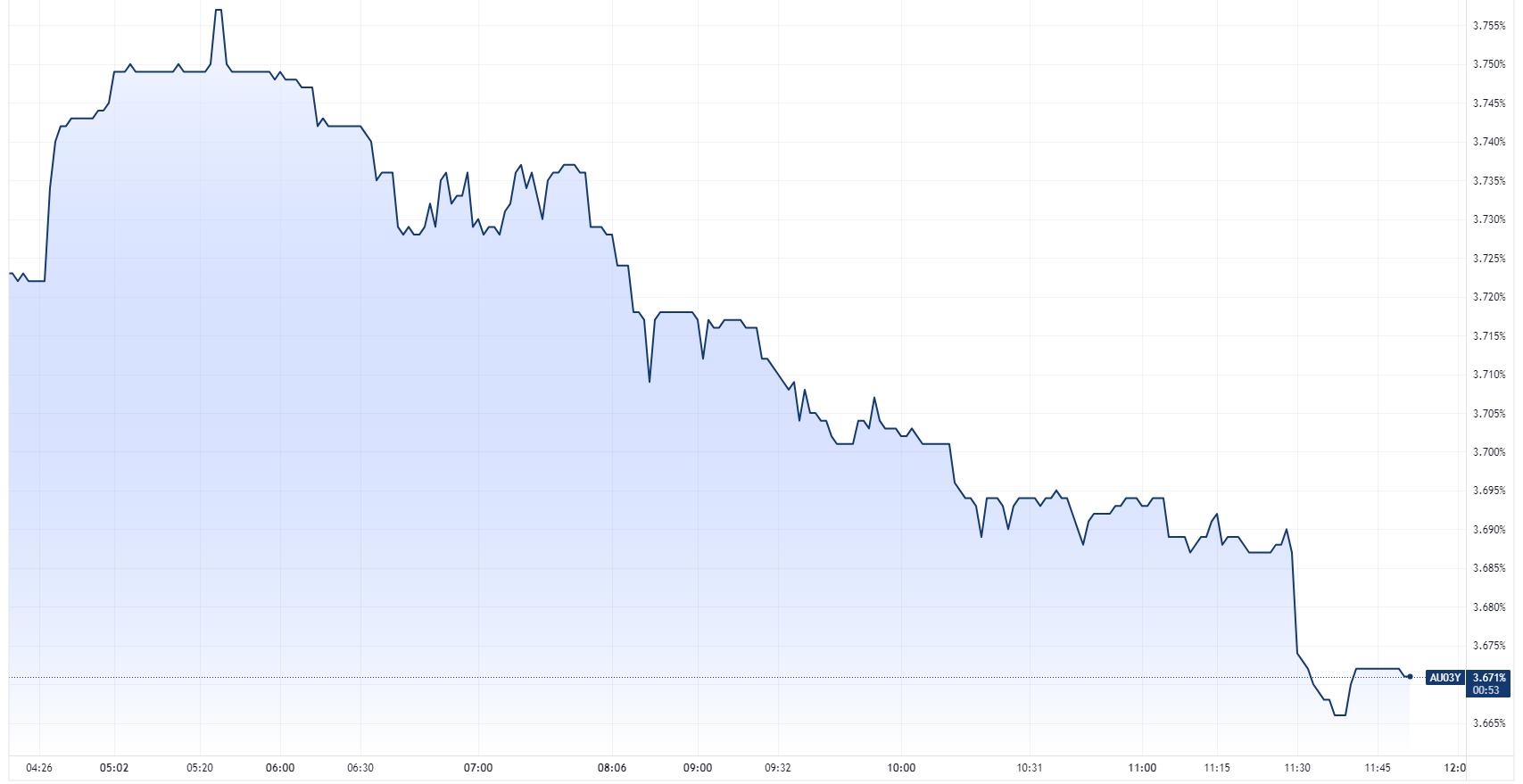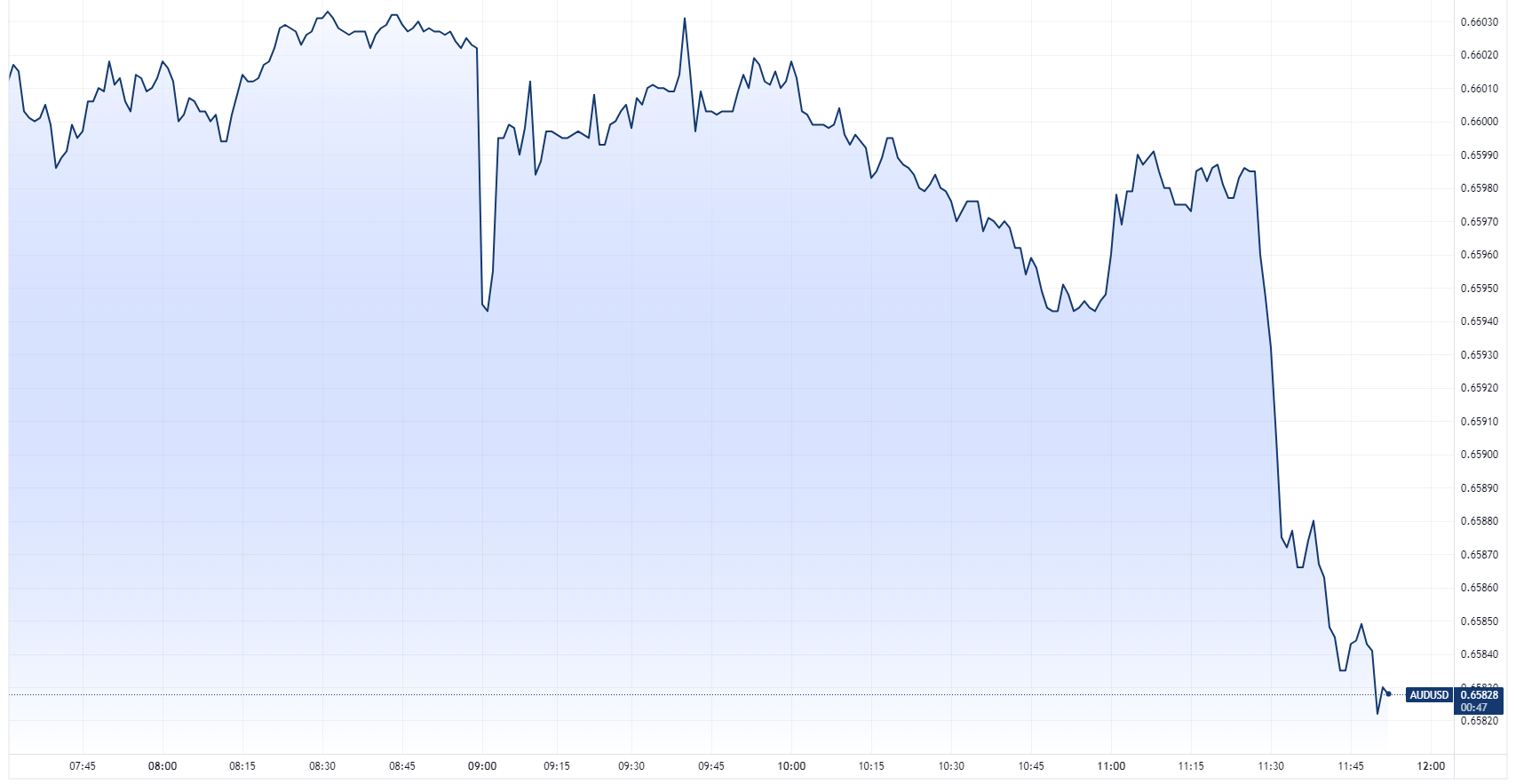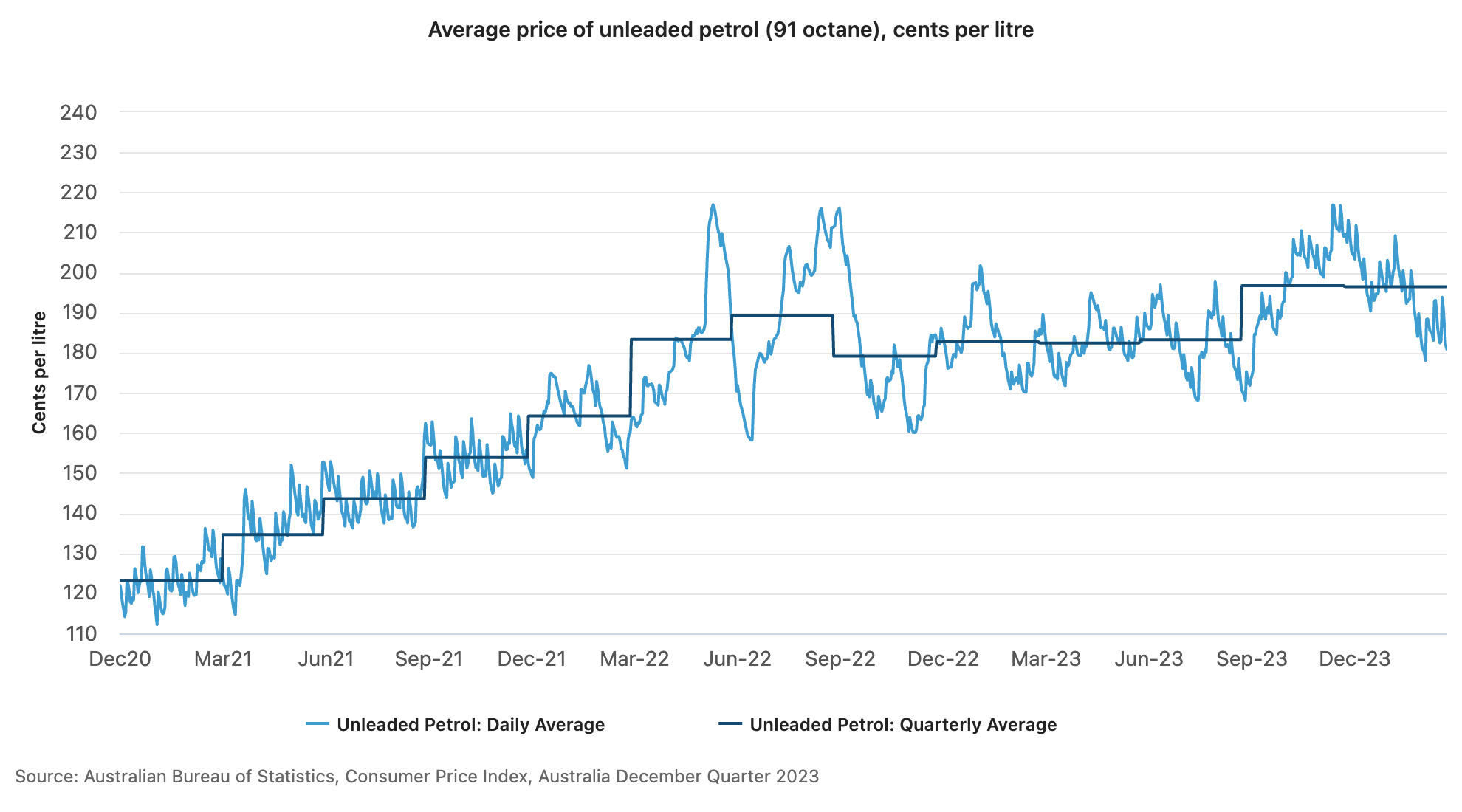The RBA's fight against inflation enters the last (and hardest) mile
The good news for the Reserve Bank of Australia is that it will go into its first policy meeting for 2024 in a better place on inflation than even its own economists were expecting. The bad news is that the hard work is still not done - and if you believe the adage about tempering high inflation, there is more hard work yet to go.
Australian inflation, at the headline level, has a 4-handle for the first time since the end of 2021. While it's not a figure in the RBA's cherished 2-3% threshold, a 3.4% inflation print for December is a relief to the Reserve Bank and a small vindication for markets that have been betting on an immaculate disinflation in many developed market economies including Australia.
But there is also no doubt that the fight against inflation is both incomplete and has come at a cost. Yesterday's retail sales print and the December unemployment report released earlier this month are perfect indicators of that.
In this wire, we'll take you through the December quarter inflation print, the market reaction, and the key highlights of another market-moving report.
Key highlights
- Q4 2023 headline inflation +4.1% YoY vs 5% in 3Q23 (Bloomberg estimate: 4.3%)
- Q4 headline inflation +0.6% QoQ vs 1.2% in 3Q23 (Bloomberg estimate: 0.8%)
- Q4 trimmed mean inflation +0.8% QoQ vs 1.2% in 3Q23 (Bloomberg estimate: 0.9%)
- December headline inflation +3.4% YoY vs. 4.3% in November (Bloomberg estimate: 3.7%)
- Marks the smallest quarterly rise since March 2021 quarter
CPI contributors
-
Housing (+1.0%), Alcohol and tobacco (+2.8%), Insurance and financial services (+1.7%), and Food and non-alcoholic beverages (+0.5%)
- Housing was driven by New dwellings purchased by owner occupiers (+1.5%), Rents (+0.9%) and Utilities (+0.6%)
- Rental prices rose 0.9% for the quarter after a 2.2% rise in the September quarter. The rate of growth was moderated by changes to Commonwealth Rent Assistance
- Tobacco rose 7% following the introduction of the 5 per cent annual tobacco excise indexation
- Insurance had a strong quarterly movement up 3.8% due to higher premiums on vehicles, house and home contents insurance
- Food and non-alcohol beverage prices rose this quarter but marked the smallest rise since September 2021
- Notable quarterly declines for Meat and seafood (-1.2%) and Fruit and vegetables (-1.2%)
Market Reaction
The ASX 200 started rallying around 30 minutes before the inflation print and spiked 0.3% on the news.

Interest rate stocks including major banks, REITs like Goodman Group (ASX: GMG) and Charter Hall (ASX: CHC) all ticked higher at 11:30 am AEDT.
Likewise, the Australian 3-year government yield was already trending lower heading into the CPI print.

The Australian Dollar also eased.

Analysis: It's down to the non-tradables (and subsidies)
The gap between goods inflation and non-tradables (services) inflation is widening. Goods inflation fell for the fifth consecutive quarter with imported products like clothing and furniture falling sharply.
But non-tradables inflation remains above 5%. Non-tradables are products and services that are influenced primarily by domestic factors. These include house prices (new dwellings), rents, insurance, and your quarterly electricity and water bills. Insurance costs continue to climb sharply (mine went up by 20%!) while advertised rents are up 0.9% quarter-on-quarter.
Amazingly, had it not been for the changes to the Commonwealth Rent Assistance, rent inflation could have been as high as 2.2% in just three months.
Similarly, the introduction of the Energy Bill Relief Fund rebates from July 2023 helped cool inflation in this part of the economy. Electricity prices have risen 5.7% since the June 2023 quarter. Without those rebates, electricity prices would have increased 17.6% at the same time.
Where there is no relief is insurance prices - up 16.2% in the 12 months to the end of December 2023 - the highest annual rise since 2001.
As for external shocks, the ongoing crisis in the Middle East can still create a fresh spike in inflation because oil prices, as much as OPEC+ may not want to admit it, are still beholden to geopolitical risks - as ANZ's Daniel Hynes points out:
"The Israel-Hamas war has not affected fundamentals in the crude oil market, but it has increased the risk of supply disruptions, even though the market isn’t pricing them in. We expect it to underpin volatility in oil prices amid the uncertain economic backdrop," Hynes wrote earlier this month.
Today's inflation report demonstrated just how volatile petrol prices have been nationally over the last three years - and even in the last quarter.
,%20cents%20per%20litre.png)
All in all, it's a mixed inflation report that leans soft. As of yesterday's close, rates markets were pricing a 50% chance of a cut at the June meeting and a 100% chance in September. After this report, the probability of a June meeting cut has increased from 50% to 85% and the chance of a March cut is now 22% - not insignificant in the grand scheme of things.
With thanks to Kerry Sun for his assistance.
2 topics
2 stocks mentioned
1 contributor mentioned

